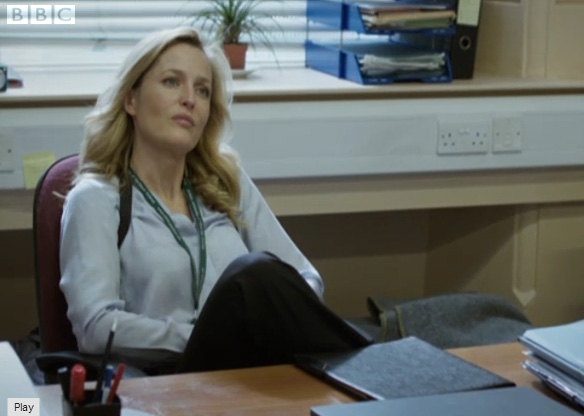I have about as much love for fairy tales as I have issues with them. In their original, uncorrupted form, traditional fairy tales are simply the best stories in life – as long as you can read all the annoying gender bias as a product of its time. But in their re-imagined form nowadays, most fairy tales are so woefully misunderstood and gender-stereotyped it makes my feminist heart – not to mention my literary one – ache and riot.
Why? Four words: Every Bloody Disney Princess.
Because no matter how quirky, independent and courageous today’s princesses are created by the likes of Disney and Pixar, it still all boils down to the damsel in distress, the evil old witch (emphasis on ‘old’) and the bloody knight in bloody shining armour. Granted, today he often enters the scene as the incapable, clumsy, awkward nerd, but in the end he still always saves the day. And, frankly, the more these film-makers are pushing the point of the ‘strong, independent princess’ – and don’t even get me started on the ‘strong female character’ – the more patronising and agonising the result. “Look! She’s a modern princess. She’s brave, she’s going out there into the world, she can punch a guy’s lights out (preferably with a frying pan).” Well, for the first ten minutes, including the first catchy tune. And then she gets herself into trouble, because she knows nothing of the world and of course she needs to fall in love. Enter The Man. Standard plot ensues.
Over the last ten years or so I’ve been seeking refuge from all this pseudo-empowered bullshit in fiction that takes a different approach to the traditional fairy tale, such as Emma Donoghue’s gorgeously queer collection of re-told tales, Kissing the Witch, Angela Carter’s The Bloody Chamber and some of the works by Robin McKinley. Meanwhile, the movies have largely remained unbearable.
Then along comes Maleficent. Of course I went to see it, because Angelina. Spoilers after the break, so read on at your own risk.
Continue reading →


